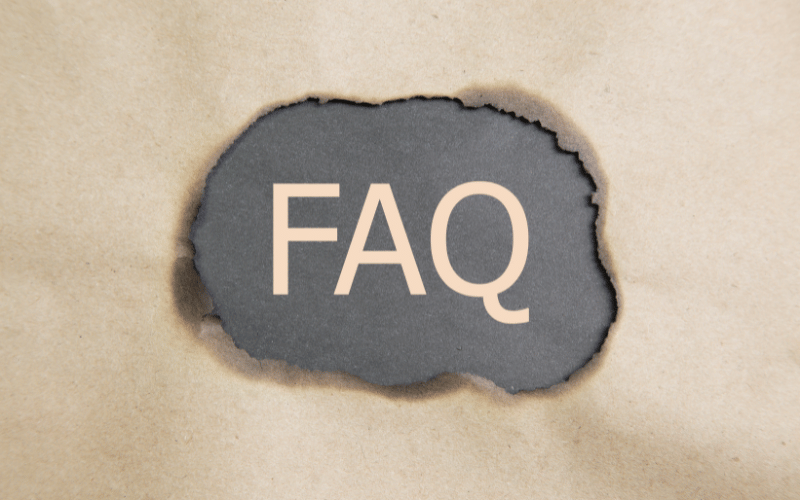Frequently Asked Questions about Non-Hodgkin’s Lymphoma (NHL)

1. What is the primary difference between Hodgkin’s Lymphoma and Non-Hodgkin’s Lymphoma?
While both are types of lymphoma that affect the lymphatic system, the distinction lies in the specific lymphocyte each impacts. The presence of a particular cell known as the Reed-Sternberg cell indicates Hodgkin’s Lymphoma. In contrast, NHL is diagnosed based on the absence of this cell and the presence of other specific cell types.
2. Are there any known risk factors for developing NHL?
Yes, certain risk factors increase the likelihood of developing NHL. These include age (being older), exposure to certain chemicals and pesticides, certain infections like Epstein-Barr virus and HIV, autoimmune diseases, and a weakened immune system. However, many people diagnosed with NHL may not have any obvious risk factors.
3. What treatment options are available for NHL?
Treatment for NHL varies based on the type and stage of the disease. Common treatments include chemotherapy, radiation therapy, stem cell transplant, immunotherapy, and targeted therapy. The specific treatment protocol will be tailored to the patient’s needs and the specifics of their NHL subtype.
4. How can I differentiate between the symptoms of NHL and other less serious conditions?
Symptoms of NHL, such as swollen lymph nodes, fatigue, fever, or weight loss, can also be seen in other conditions like infections. It’s essential to see a doctor if symptoms persist or if you have multiple symptoms concurrently. A healthcare professional can provide an accurate diagnosis based on tests and evaluations.
5. Is there a cure for NHL?
The prognosis for NHL varies depending on its subtype, stage, and the patient’s overall health. Many patients can achieve remission, where the disease is undetectable, especially with early detection and treatment. In some cases, NHL can be cured, especially when detected and treated early. However, regular follow-ups and monitoring are crucial as the disease can relapse.
Conclusion: Reflecting on the Landscape of NHL
Navigating through the vast terrain of Non-Hodgkin’s Lymphoma (NHL) reveals its complex and multifaceted nature. From its numerous subtypes to the intricate interplay of risk factors, treatments, and outcomes, NHL embodies a realm that remains an active field of research and understanding. Though it brings challenges, the collaborative efforts of researchers, medical professionals, and advocacy groups worldwide are painting a brighter, hopeful horizon for NHL patients. This concerted approach not only brings forth cutting-edge treatments but also emphasizes the importance of holistic care, addressing both the physical and emotional toll of the disease.
As science continues to progress and peel back the layers of NHL’s mysteries, it’s crucial for patients, caregivers, and society at large to stay informed and proactive. Knowledge is, indeed, power. With the rise of community-driven initiatives, support systems, and groundbreaking therapies, the journey with NHL is no longer one of solitude. It’s a shared path, illuminated by hope, resilience, and a relentless pursuit of a world free from the clutches of NHL.